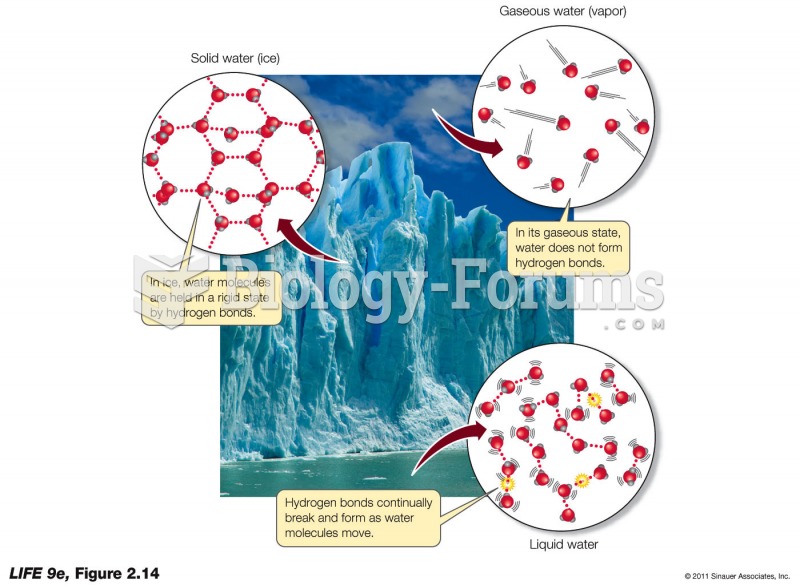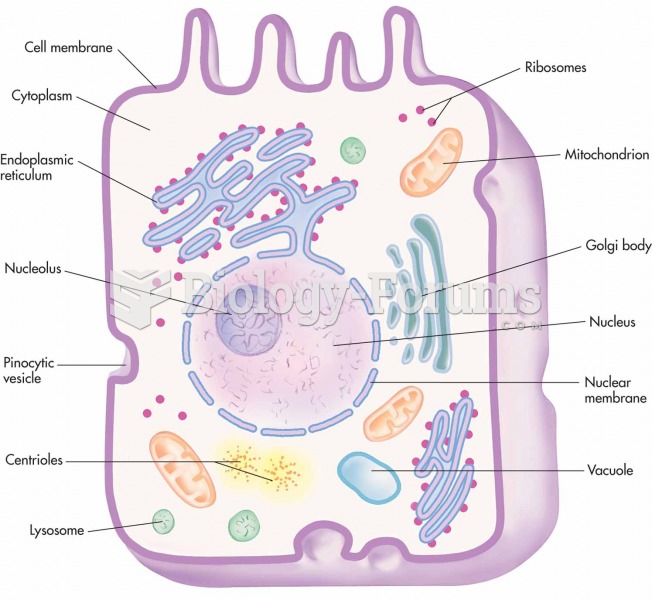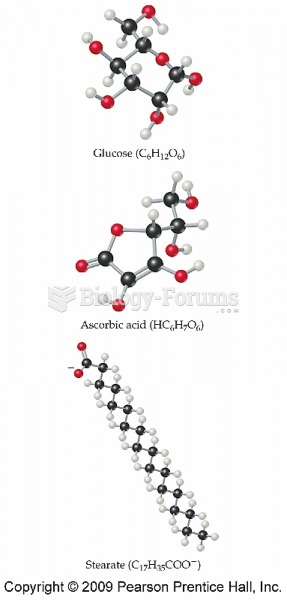|
|
|
More than 4.4billion prescriptions were dispensed within the United States in 2016.
A seasonal flu vaccine is the best way to reduce the chances you will get seasonal influenza and spread it to others.
For about 100 years, scientists thought that peptic ulcers were caused by stress, spicy food, and alcohol. Later, researchers added stomach acid to the list of causes and began treating ulcers with antacids. Now it is known that peptic ulcers are predominantly caused by Helicobacter pylori, a spiral-shaped bacterium that normally exist in the stomach.
According to research, pregnant women tend to eat more if carrying a baby boy. Male fetuses may secrete a chemical that stimulates their mothers to step up her energy intake.
Medication errors are three times higher among children and infants than with adults.







